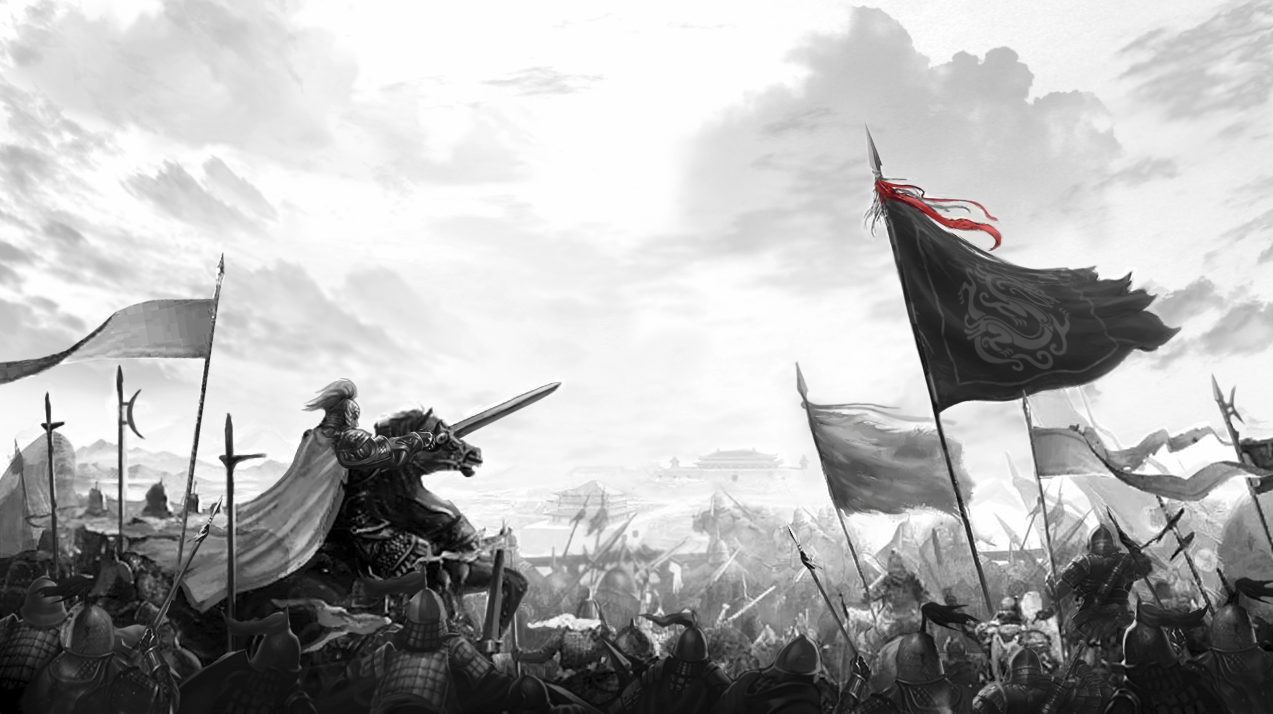Exploring Idle Games: The Rise of Resource Management in Gaming
In recent years, idle games have taken the gaming world by storm. Unlike traditional gaming formats that require constant player interaction, idle games, or "clicker games," allow players to progress even when they aren't actively playing. This unique feature has led to the rise of a new genre focused on resource management. Today, we'll dive into what makes idle games so compelling, particularly in the context of resource management games, and take a closer look at how they resonate with gamers all around the globe, including those in Chile.
What are Idle Games?
Idle games are fascinating because they simplify game mechanics, making them accessible to a wider audience. In these games, players can earn resources over time without needing to be actively engaged. The gameplay involves minimal decision-making, yet it keeps players coming back for more. Here's a quick overview of the features that define idle games:
- Incremental Gameplay: Players gather resources with minimal effort.
- Automation: Players can upgrade resources, creating an automated flow of income.
- Long-term Strategy: The focus shifts to long-term planning rather than immediate action.
The Appeal of Resource Management
Resource management is a crucial aspect of idle games, and it's one reason why they’re so popular. Players must strategize how to use resources effectively to maximize their progress. This aspect of gameplay is especially satisfying, as it provides a sense of achievement and growth. In Chile, where gaming audiences are growing rapidly, this kind of strategic thinking resonates well with many players who enjoy the challenge of building and optimizing their virtual resources.
The Best Idle Games on the Market
If you’re new to idle gaming or just looking for some recommendations, here’s a list of some top contenders that dominate the market:
| Game Title | Platform | Release Year |
|---|---|---|
| AdVenture Capitalist | PC, Mobile | 2014 |
| Cookie Clicker | PC | 2013 |
| Crusaders of the Lost Idols | PC, Mobile | 2016 |
| Egg, Inc. | Mobile | 2016 |
| Tap Titans 2 | Mobile | 2017 |
Idle Games vs. Traditional Resource Management Games
While idle games emphasize minimal interaction, traditional resource management games—like RTS or simulation games—often demand more skill and time commitment. However, both genres share common elements, like planning, strategizing, and resource allocation. Take a look at the key differences:
- Player Engagement: Idle games allow for passive engagement, whereas traditional games require active involvement.
- Time Investment: Idle games are suited for short bursts of gameplay, making them ideal for busy schedules.
- Complexity: Traditional games tend to have a steeper learning curve and may overwhelm new players.
Conclusion
Idle games have revolutionized the way we think about resource management in gaming. By appealing to a broad audience with their simple mechanics and engaging gameplay, they offer a unique experience in a world filled with demanding titles. For gamers in Chile and beyond, these titles represent not just entertainment but a way to dive into strategy without fear of time constraints. Whether you're playing on a console or your smartphone, the allure of idle games is undeniable. So why not give them a try and explore this fascinating genre for yourself?



